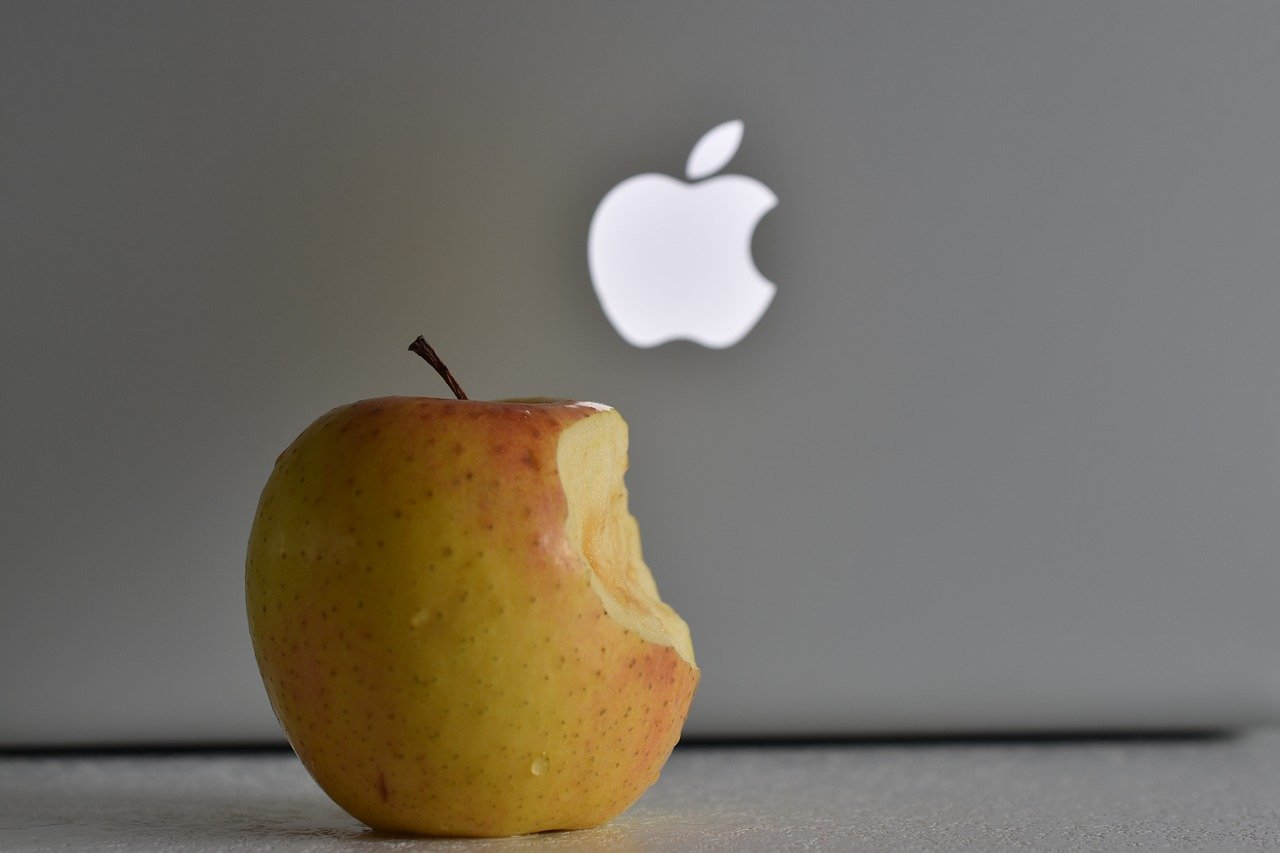As a business owner, you appreciate how necessary it is to create a strong brand for your business. A brand is your identity: it reflects much more than just the products or services you sell.
Branding in the Modern World
Your brand demonstrates your values, the quality of what you sell, and even hints at your expertise within your niche.
Marketing experts are divided on whether a brand is everything or whether branding is starting to dissolve in the social media era. While everything is certainly malleable in the marketing world, one of the most practical advantages of branding is that it makes your business immediately recognizable.
However, branding requires strategy. We’ve discussed brand positioning in this article, and how to navigate the murky waters of creating your brand. But when experts are talking about “branding strategy”, what exactly do they mean? Let’s take a look at some of the common branding strategies.
What Are the Different Types of Branding Strategies?
Depending on who you ask, there may be as few as 4 and as many as 70 branding strategies out there. In reality, many well established brands use a little bit of this and a little bit of that to get their brand identity out there. Consider the Apple iPhone, for example. No one calls it the “Apple iPhone”, it’s just “I have an iPhone”, or “what’s the latest version of the iPhone?”.
At the same time, everyone knows it’s an Apple product. If someone asked you to name an Apple product, the iPhone would be many people’s top pick.
Hold onto this example, because we’re going to revisit it a few times as we go through this list.
In no particular order, here are the branding strategies:
1. Name Brand Recognition
2. Individual Branding
3. Brand Extension
4. Private Labels
5. Attitude Branding
6. “No-brand” Branding
7. CrowdsourcingSo What Does Each Strategy Entail?
Let’s start with the first one in the list.
Name Brand Recognition
This one is pretty self-explanatory. This is a strategy in which you encourage your audience to remember your brand by name. But that doesn’t mean you necessarily have to have a catchy name or a rhyming jingle that gets stuck in everyone’s head. It means that you have to develop a brand in which the name of your business is instantly recalled by an audio or visual cue.
If you see an apple with a single bite taken out of it, you think of Apple the brand.

The word “Mac”, white headphones, even Steve Jobs’ iconic black turtleneck has become part of Apple’s branding. And people don’t refer to them as “the company that made the other computer and now they do phones and music devices”. They call them by name: Apple.
Individual Branding
Individual Branding is a little trickier, but it can be extremely important if you sell a lot of different products or services that are just different enough that it’s hard to describe them with similar terms. What do Spaghettios and Goldfish Crackers have in common? They’re both part of Campbell Soup Company, but we don’t identify them as such. They each have their own individual brand identity.
Brand Extension
Brand Extension is a little bit like individual branding, but not as exclusive. This is the type of branding strategy that best fits a scenario in which your business has one very successful product, and then launches a similar but still unique product.
Consider iPods as an example. The original iPod was pretty big, and could store movies, music, photos, and contact information.
But Apple also released the iPod Mini and the iPod Nano. They still did very similar things, but they were marketed to entirely different audiences. The iPod was a do-everything machine. The Mini was for people who just wanted to listen to music and make playlists. The Nano was the inexpensive music storage device you could listen to anywhere, but that’s it. At the same time, everyone knew that each of these very different devices was an Apple iPod.
Private Labels
Private Labels are very popular in markets in which exclusivity is cherished. Grocery stores are particularly good at this branding strategy. In fact, Kroger goes so far as to call their private label “Private Selection”.
It’s still the store brand, but it’s a little more luxe, and the branding is a little more elite. You could get the Kroger brand frozen broccoli, or you could choose the Private Selection Handpicked Broccoli Florets. Businesses that provide services also use private label type branding when providing different tiers or packages. You can get the standard package for $4 a month, or you could get the Elite Package for just $5 more.
Attitude Branding
Attitude Branding generally has nothing to do with the product itself, and more about the expression of the brand. Remember “The Most Interesting Man in the World?” Though he has since retired, those looking for an interesting beer looked to his guidance in suggesting a Dos Equis. Dos Equis as a beer is fine, but the attitude behind the branding is what draws a crowd. If you have a business that simply exudes a personality, consider attitude branding.
No Brand Branding
This is exactly what it sounds like. No specifics. No logos. Zero iconic jingles. No slogans that will be relevant for decades to come. Your business simply exists for what it is, and what it offers at any given moment.
This seems counter-intuitive, but can actually make a lot of sense, depending on the products that you offer. Amazon is filled with successful no-brand brands that offer low-priced products that everyone wants. If you have a product that people tend to ask for by description instead of name, such as “black yoga pants with pockets”, this might be the strategy you need.
Crowdsourcing
Crowdsourcing is a new addition to this list. Imagine letting your customers decide what the brand means to them. In a sense, many brands use this strategy to a certain point.
There are marketing endeavors in which every single noticeable detail is controlled to convey a very specific message, and there are others that create a logo and a product, and let folks go with it where they will.
Apple said “Think Different”, and suddenly, it became standard knowledge that you couldn’t be creative without a Mac computer. We all know this isn’t true, but those two words have become an entire mindset that creative types can’t be successful in their field without a Mac, all because of how the crowd interpreted the slogan.
As you can see, brand strategies are not a “one and done” kind of deal. You can mix and match, and morph your options as needed to create the brand empire that best fits your business. As you create your brand, don’t lose sight of what it is meant to do: to create a recognizable personality for you, your business, and what you sell. You may need to adjust and rethink your strategy over time, but you’ll be well-equipped to do so!









